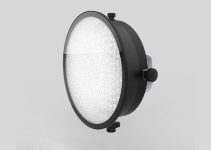Almost like clockwork it has been another couple months and time for DJI to launch another drone. It’s an exciting one—the Air 3.
This is often the sweet spot in DJI’s drone lineup as it isn’t as expensive as the Mavic and offers a bit more than the Mini series. Speaking of… the Mini 3 Pro is an impressive drone itself and puts up tough competition against the new Air.
The dilemma of choosing between these two models may now be your current problem. If you are looking for a direct comparison to help you decide then you’ll want to check out this video from FlytPath.
This comparison is broken up into two sections. The first dives into why you might want to stick with the Mini 3 Pro instead of upgrading to the newer, shinier drone. The second talks about the new features of the Air 3 that may make it worth the upgrade.
Let’s get started.
Mini 3 Pro – Reason #1: Weight
Perhaps the biggest reason to hang on to the Mini 3 Pro is the fact that it is mini. Weighing just 249 g it means you can fly it without needing to register it in many jurisdictions.
It’s also easier to pack. The Air 3 is a heftier 722 g so you’ll definitely need to treat it like a full-fledged drone system.
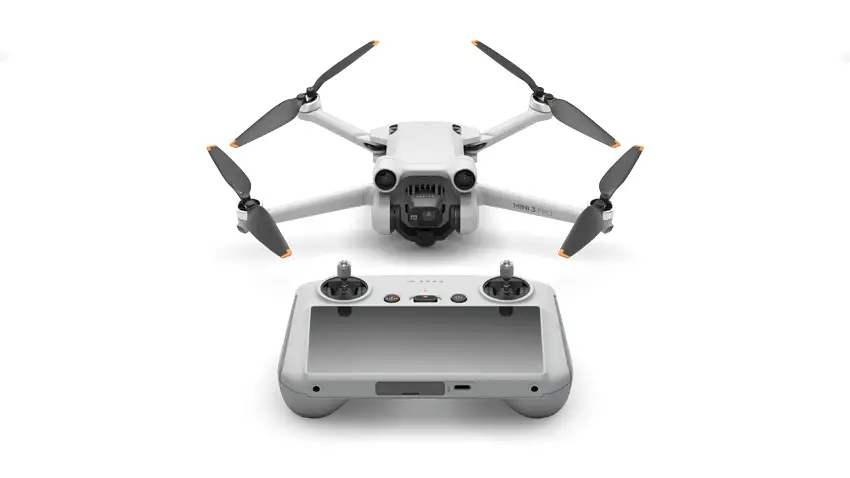
Image Credit: DJI
Mini 3 Pro – Reason #2: Portability
Continuing on that “mini” theme. It is compact as well as lightweight. If you are traveling or want to add a drone to your bag then a smaller drone is an asset.
If you are looking for something to keep in your bag all the time for those just-in-case moments then the Mini 3 Pro is the clear winner.
Mini 3 Pro – Reason #3: Public Perception
Oftentimes attention is the opposite of what you want while you fly a drone. The smaller profile and quieter operation of the Mini 3 Pro will make it easier to use in more public spaces.
Mini 3 Pro – Reason #4: 4K Vertical Shooting
Perhaps the coolest trick of the Mini 3 Pro is the ability to have the gimbal switch from standard to vertical orientation shooting.
For the current social media landscape and a growing need for vertical content this is an amazing option. The fact that you can do it with the full quality of the image sensor is a huge advantage.
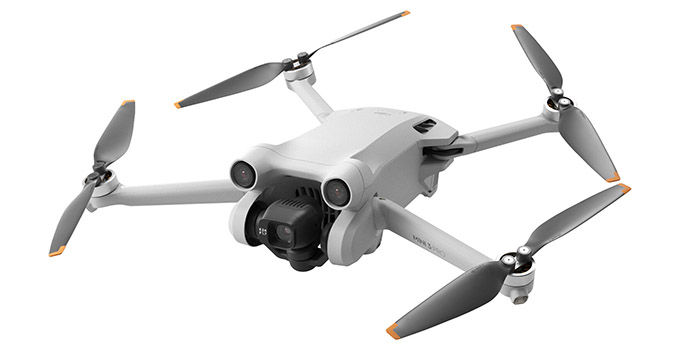
Image Credit: DJI
Mini 3 Pro — Reason #5: Flight Time
Interestingly, the Mini 3 Pro will actually offer longer battery life than the newer Air 3. The Mini 3 Pro offers up to 47 minutes of flight time while the Air 3 is rated for up to 46 minutes.
Both are great considering it is essentially a tie, but worth considering if every minute counts. It is also nice that the Mini 3 Pro has multiple battery options if you want to shave weight instead of going for max flight time.
Mini 3 Pro – Reason #6: Price
The final advantage for the Mini 3 Pro is the price. It starts at $759 while the Air 3 comes in at $1,099.
Air 3 – Reason #1: Upgraded Camera
DJI makes use of that larger size to equip the Air 3 with a much more advanced camera system. It has two cameras! One is a similar design to the mini with a 1/1.3” sensor, though the Air 3 uses stacked sensor tech to improve image quality.
It may be a minor difference, but you can see the improvements in the side-by-side comparison.
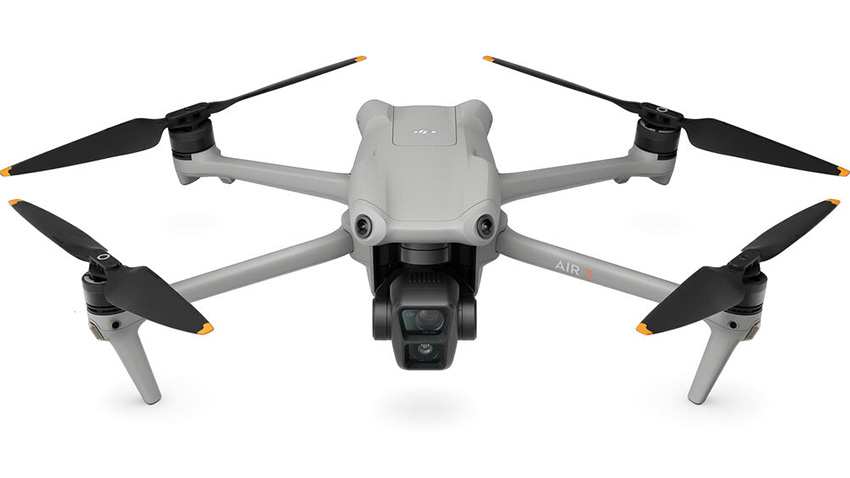
Image Credit: DJI
Air 3 – Reason #2: Two Cameras
We already mentioned it, but the Air 3 has a dual-camera system. This gives you many more options for creating a shot with your drone while it is in the air.
There is a 24mm wide as well as a 70mm telephoto. The different looks you can achieve can help create a distinct aesthetic for your videos.
Air 3 – Reason #3: Wind Resistance
Having more mass might be a disadvantage in a lot of situations, but one area where it is a clear win is when it comes to wind resistance.
The extra mass gives it extra stability even if it is being blown around by some wind. These stronger motors will also work better at higher altitudes and speeds.
Air 3 – Reason #4: Omni-Directional Sensors
Extra size makes room for extra components, like omni-directional sensors. This is much better obstacle avoidance since the Mini 3 Pro only has front and rear sensors.
Being able to track all around the drone makes it safer to operate and can help protect people and your investment.
A big advantage for this is making use of the
Air 3 – Reason #5: Slow Motion
More advanced camera systems offer more than just improvements to image quality. The Air 3 is able to record in slow motion in 4K up to 100 fps or Full HD up to 200 fps.
There are plenty of reasons why you might want to use this, especially with aerial imaging.
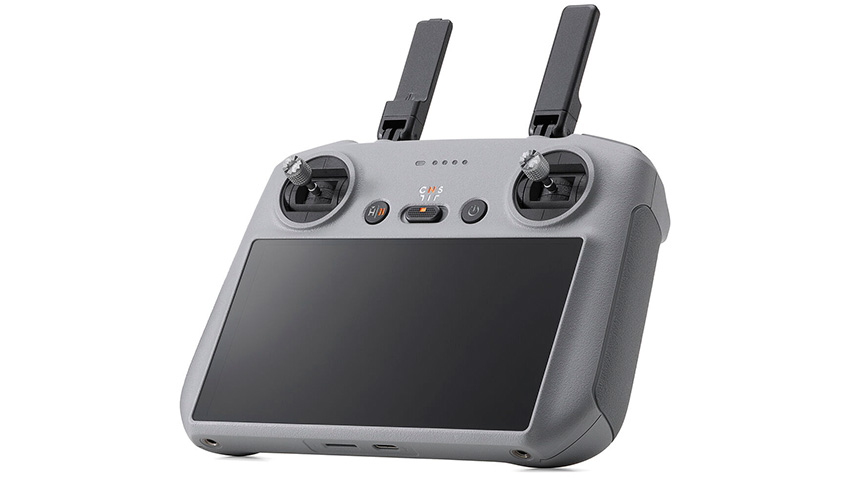
Image Credit: DJI
Air 3 — Reason #6: DJI RC 2 Controller
The new drone comes with a new controller—the RC 2. This is one of the newer models with the integrated display which is very handy.
It also unlocks the O4 Video Transmission system for up to 20 km of range. The O3 system only delivered up to 12 km. That extra range isn’t just for going farther, it is also an indicator of how strong the signal is even when it is closer.
Which of these drones would you choose?
[source: FlytPath]
Order Links:
Disclaimer: As an Amazon Associate partner and participant in B&H and Adorama Affiliate programmes, we earn a small comission from each purchase made through the affiliate links listed above at no additional cost to you.
Claim your copy of DAVINCI RESOLVE - SIMPLIFIED COURSE with 50% off! Get Instant Access!




